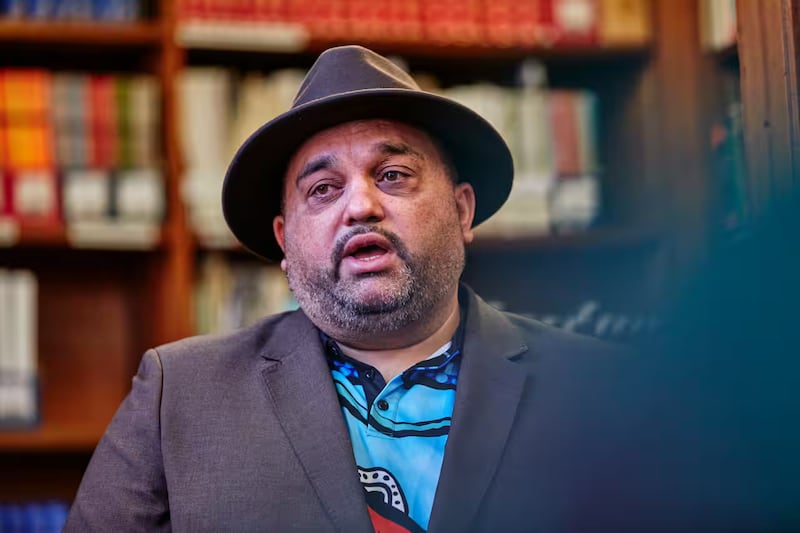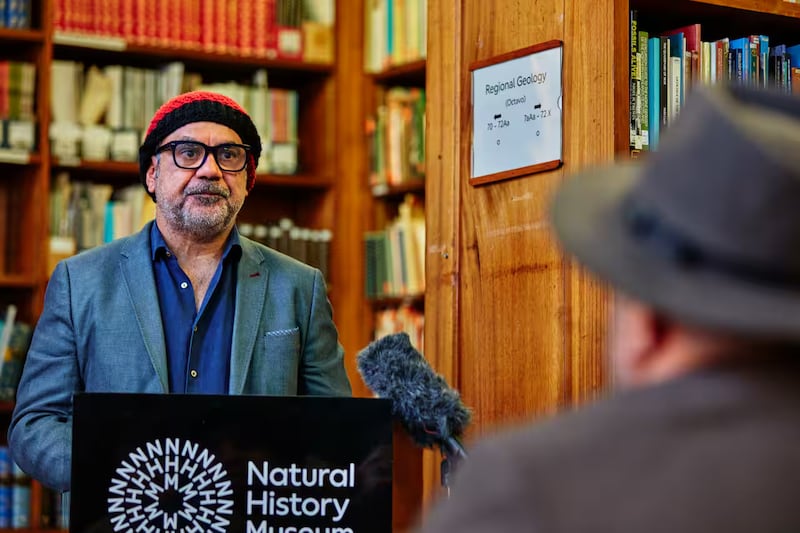This article was first published on NITV.
On Thursday, 36 ancestral remains were returned to descendants of their communities in a ceremony at the Natural History Museum in London.
Four representatives from three Queensland communities travelled to London and will accompany their ancestors back to Country.
Some ancestors were taken after they had been buried, while others were sent to the United Kingdom by institutions.
Thomas Holden, a Warrgamay man representing his community at the ceremony said it simply shouldn’t have happened.
“It’s like taking a grandparent out of the ground and putting them in a cupboard,” Holden said.
“This happened back in 1907. That’s not just my ancestor, we’ve got 36 ancestors sitting on the table behind me which shouldn’t have happened.
“The trauma that has to be repaired just from that moment is just phenomenal. It’s off the charts.”

Four of the ancestors have been identified: one Woppaburra ancestor, one Warrgamay ancestor and two Wuthathi ancestors each with representatives from their communities to accompany them home.
There are also two from the Yadhighana Community, who at the request of community, will be returned home under Australian Government stewardship, alongside 30 more ancestors with provenance to Queensland whose Country is not yet known.
Bianca Beetson from the Queensland Museum said once the remains are back in Brisbane, they will continue to work to identify the ancestor’s Countries.
“We’re talking about very old records sitting in archives that aren’t digitised, in cursive script which is always a challenge, we’re working through that process and it can take years and years, but we’re hoping in some of these 30 ancestors it should be fairly easy to be able to provenance them back to country,” she said.
Over the past 35 years, 1,300 ancestors have been repatriated from institutions and private collections from the United Kingdom, but the total number of ancestral remains held overseas is unknown.
The Natural History Museum itself still has 200 Indigenous ancestral remains in its archives.
Holden said walking together and focusing on the future is the key to continue bringing ancestors home to Country.
“The next generation is going to have to pick up this journey, we’ve got 200 more ancestors in this museum alone that need to be returned,” he said.
“That job is not going to be easy.”
John Jackson, Head of Science, Policy and Communication at the Natural History Museum said it has agreed to work with the Australian Government on the process of returning all of the remains, with the museum having so far returned to communities in Tasmania, the Torres Strait and South Australia and now Queensland.
When asked if he sees a day when all Indigenous remains held in the museum are returned, he responded: “I see no reason why not, I think that that will happen.”

Actor, director and Woppaburra man Wayne Blair said to accompany his ancestor home provided a little bit of closure.
“It’s the feeling it’s the beginning of something,” Blair said.
“For me, and for my family, and for my community it’s the start of something... but there’s a long way to go.”
By Madison Howarth of NITV.

